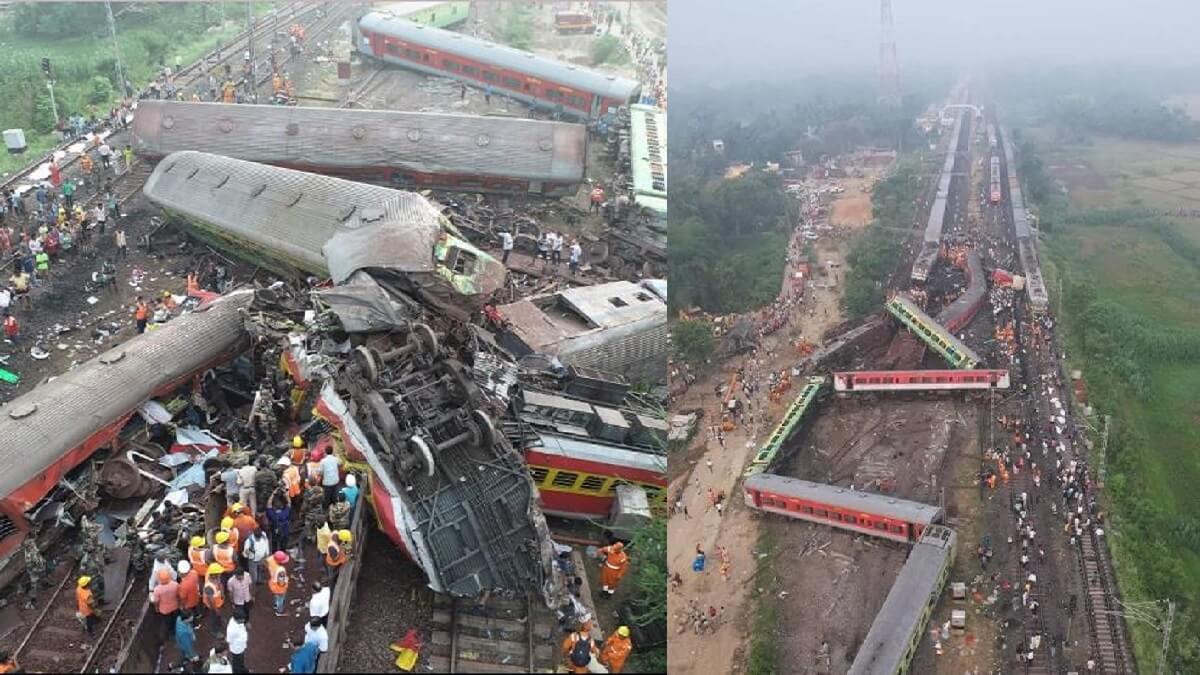Odisha Train Accident: Kavach technology could save odisha 280 deaths
At least 288 people died and over 800 were injured in a three-train collision in Balasore, Odisha on Friday evening, setting off a massive rescue and evacuation process. Odisha Train Accident: Kavach technology could save odisha 280 deaths.
Implementation of the ‘Kavach’ automatic train protection system have averted the three-train collision that killed more than 280 people in Balasore district of Odisha? The train accident, believed to be the deadliest in two decades, smashed 17 coaches in total and has once again led to questions on rail safety in the country.
The installation of Kavach train collision avoidance system is currently ongoing on Delhi-Howrah and Delhi-Mumbai routes and the technology was not available on the route in Odisha where three train-crash took place on Friday night, according to a railway official.
Kavach has been designed to assist locomotive pilots in avoiding Signal Passing At Danger (SPAD) and over speeding while also providing support for train operations during adverse weather conditions such as dense fog. While India does have the indigenously developed Kavach system designed by Research Designs and Standards Organisation (RDSO)
Its implementation has been so slow that not even 1,500 kilometres have been covered so far. In total, the broad-gauge network of the Indian Railways is spread over 65,300 kilometres. Kavach is an automatic train protection system indigenously developed by the Railway Ministry’s Research Designs and Standards Organisation in association with Indian vendors.
In the spirit of the government’s AatmaNirbhar Bharat vision, Kavach has been adopted as the national automatic train protection system. Kavach, which means ‘armour’, is designed to bring a train to a halt automatically when it notices another train on the same line within a prescribed distance.
Also Read: Odisha Train Accident: death toll rise to 288; helpline details here
Kavach-installed trains are also meant to stop on their own when the digital system notices any manual error like “jumping” of the red signal or any other malfunction. A signal is passed at danger (SPAD) when a train passes a stop-signal when not allowed to do so. Kavach also controls the speed of the train by an automatic application of brakes in case the loco pilot fails to do so. It helps the loco pilot in running the train during inclement weather such as dense fog.


Comments are closed.